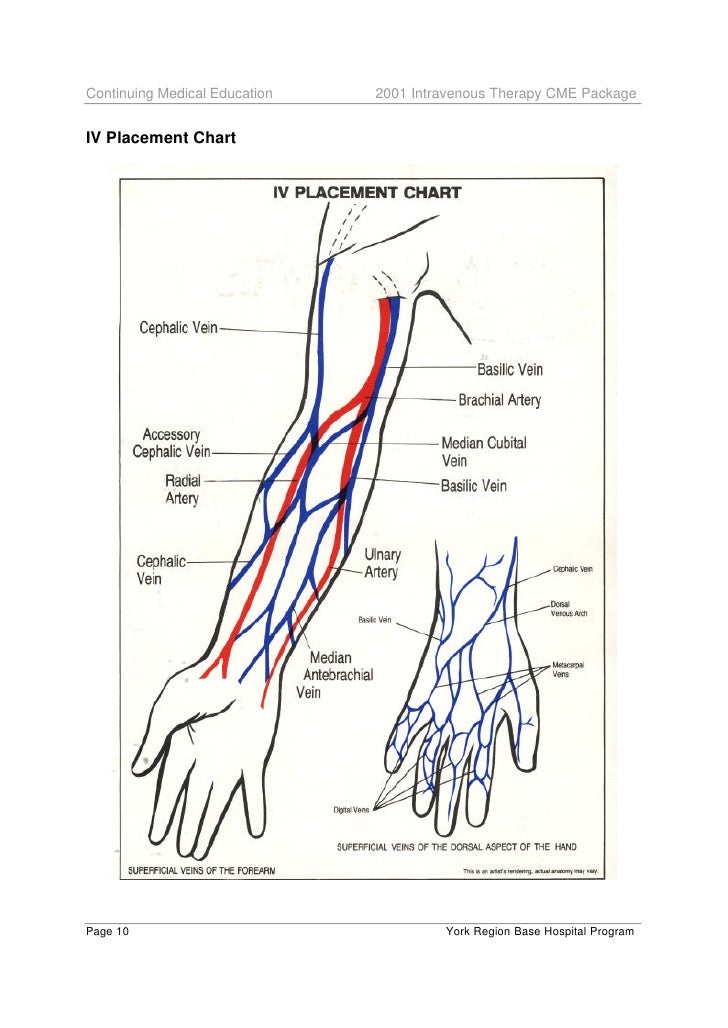
2001 Iv Therapy Pkg
PIV. In the acute care setting, intravenous (IV) lines have varied functions [1] : to infuse fluids, nutrients, electrolytes, and medication. to obtain venous blood samples. to insert catheters into the central circulatory system. Common areas of placement are in the forearm or back of the hand.
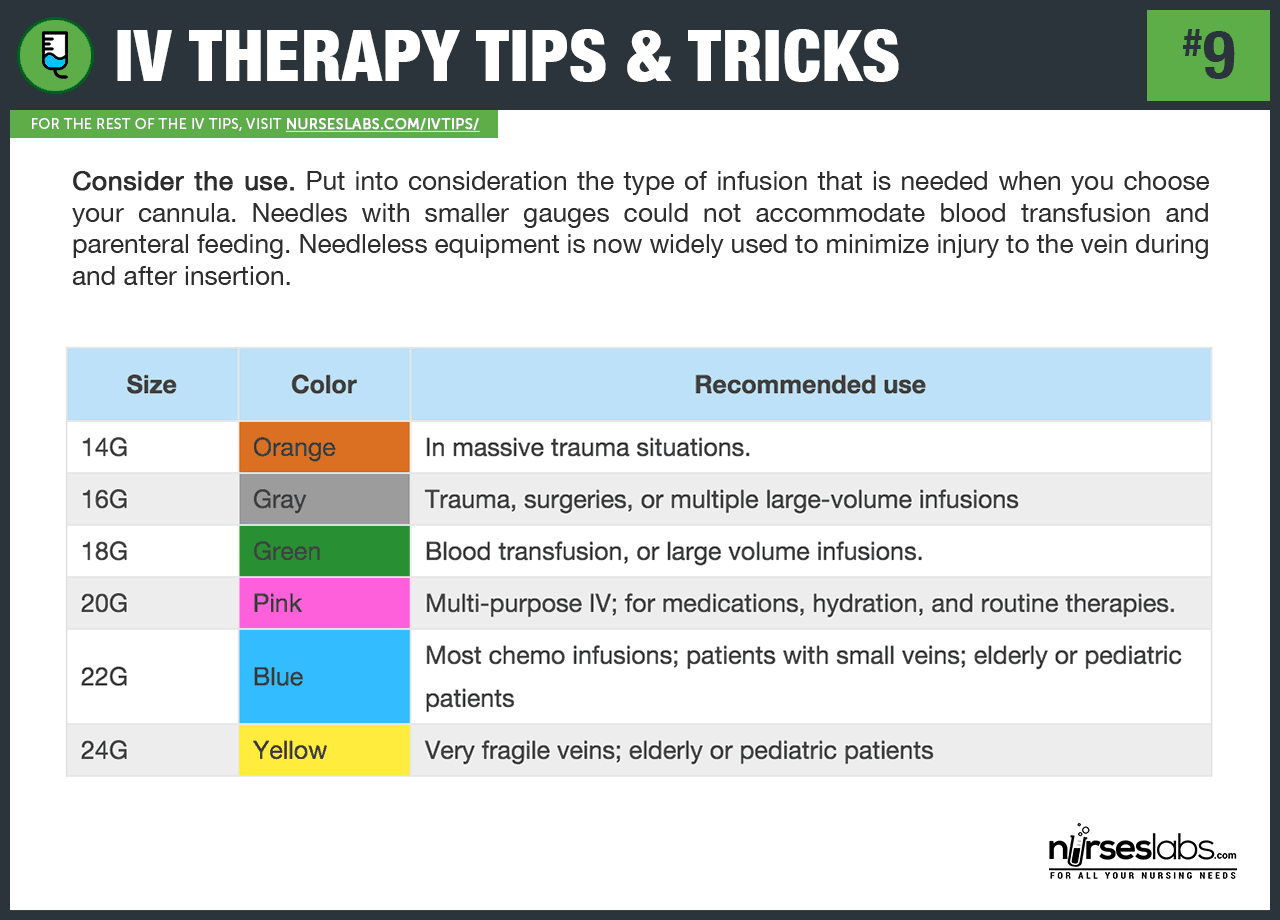
How to Start an IV? 50+ Tips on IV Insertion, Rolling Veins (2020 Update)
Documentation Cues: Accurate and complete documentation regarding IV initiation should include the following: Description of the insertion site, such as "cephalic vein on dorsal surface of right lower arm, 2.5 cm (1 inch) above the wrist". Patient's tolerance of the procedure and patient education provided. If saline lock was established.
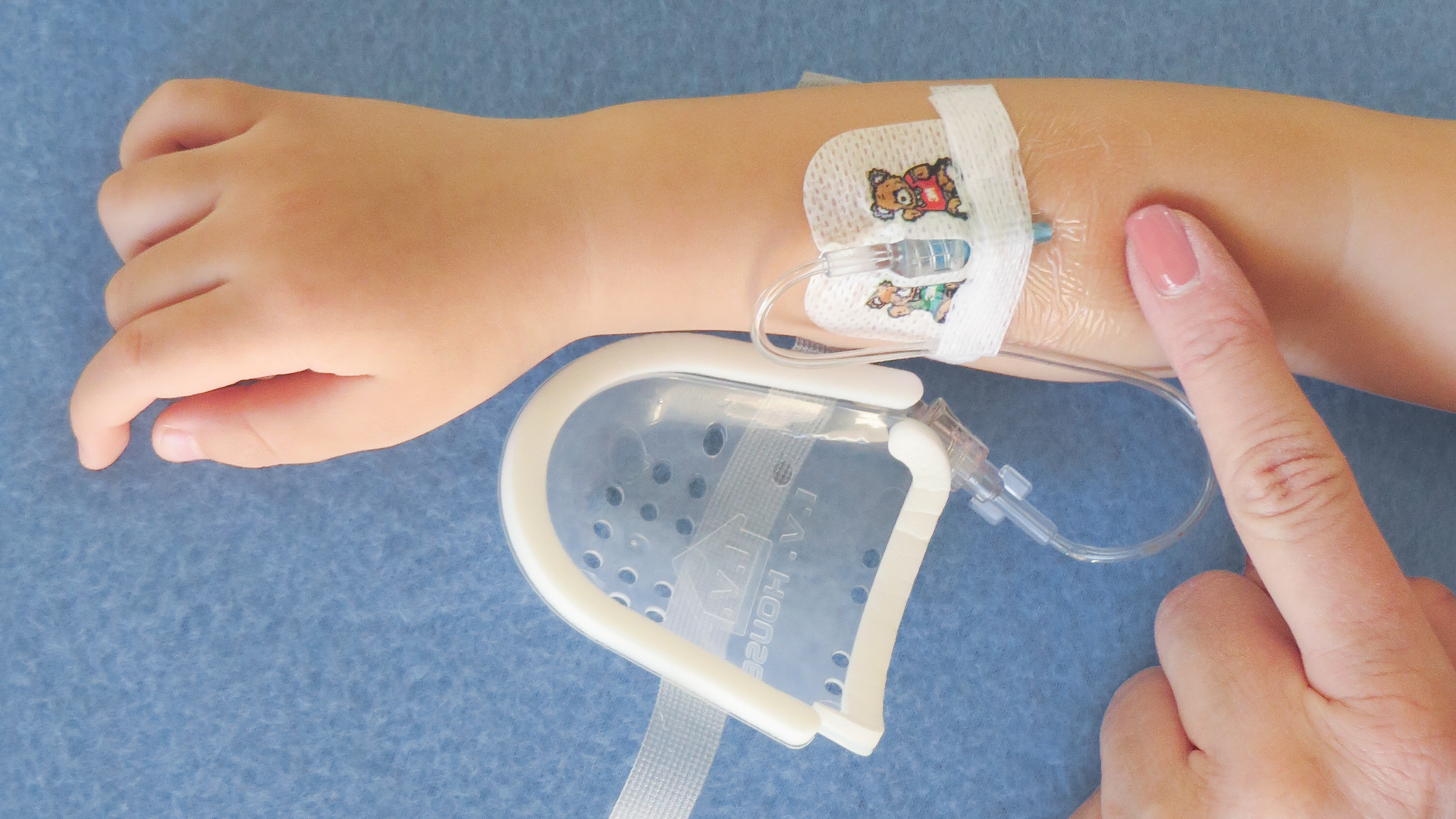
INS Standards on IV Insertion Site Selection & PIVC Attempts I.V. House
Nurses who are deemed competent in IV insertion could continue to insert PIVC in consultation with NUM/CSN's. Definition of terms . A peripheral intravenous catheter (PIVC) is a thin plastic tube inserted into a vein using a needle. PIVCs allow for the administration of medications, fluids and/or blood products.

5 Steps for Safe IV Insertion IV IV certification for
Introduction. Peripheral intravenous (PIV) catheters are the most common lines placed by providers treating emergent patients. Because of this, the landmark-based PIV line is often considered to be the "gold standard" by which other vascular access attempts are measured. We feel that mastery of the landmark-based PIV insertion is essential.
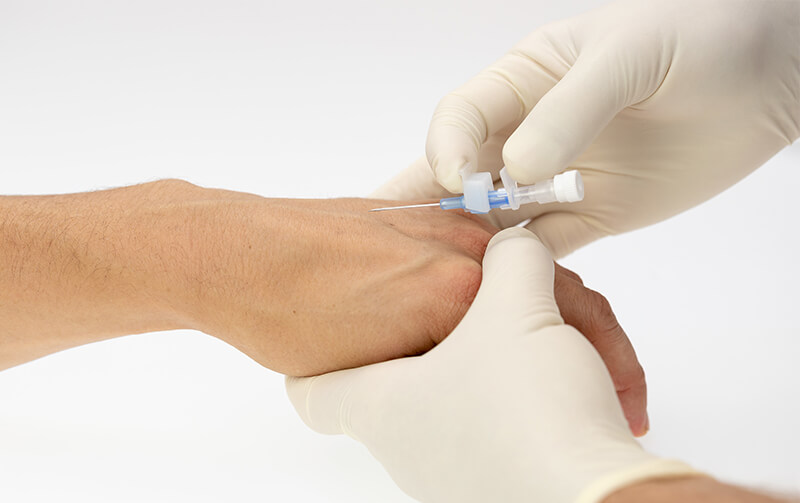
IV cannulation procedure for nurses How to place a peripheral IV
Sample Documentation of Unexpected Findings. Attempted to initiate IV infusion in right hand with existing 22-gauge IV catheter. IV site free from pain, redness, or signs of infiltration. IV site flushed readily with normal saline. Normal saline IV fluids connected at 200 mL/hour with immediate leaking around infusion site.
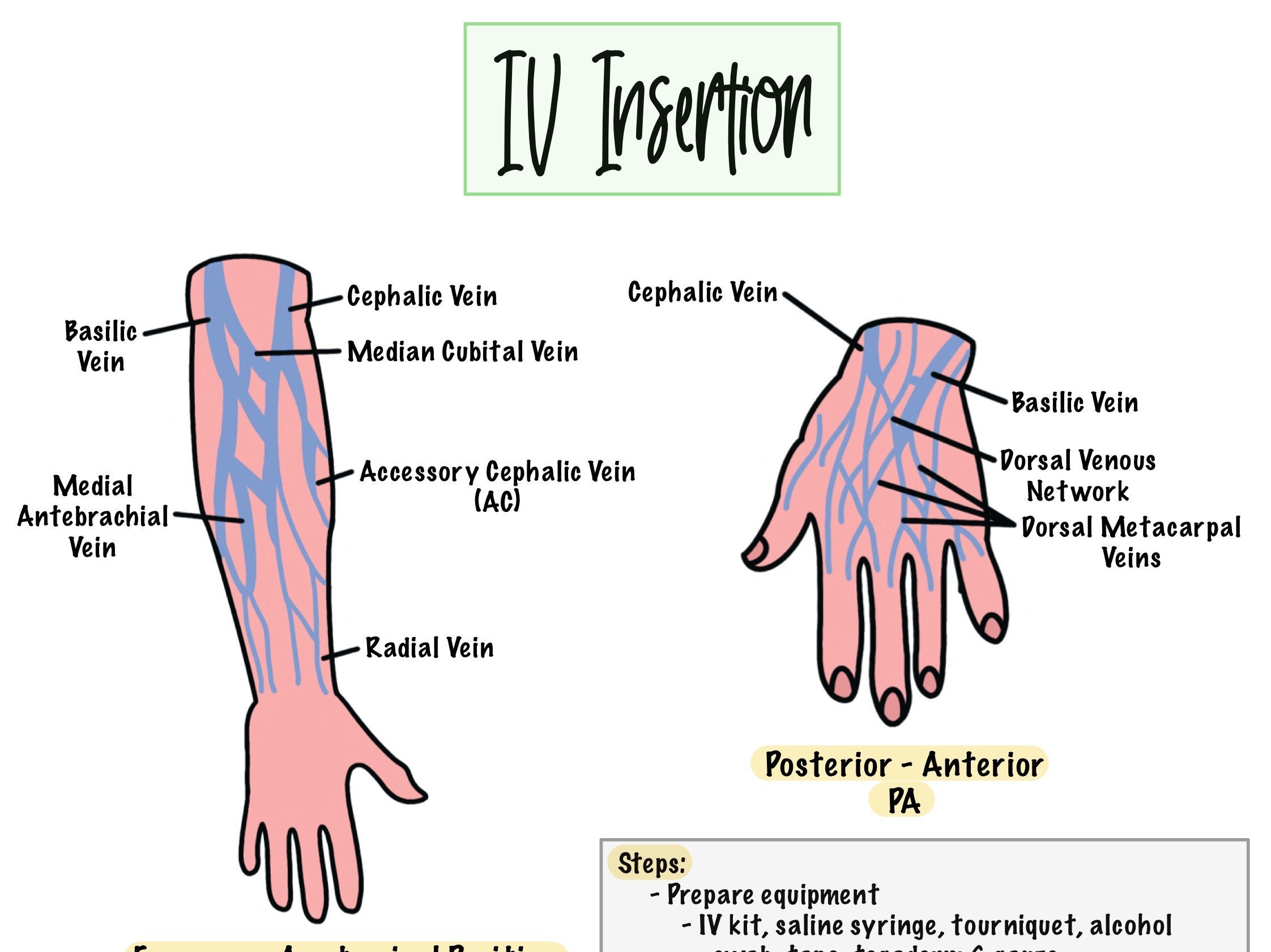
IV Insertion Cheat Sheet Etsy
1. Disinfect the IV site. Next, tear open a fresh alcohol wipe (or use a similar sterilising method like chlorhexidine) and apply it to the skin in the area that the IV will be inserted. Wipe gently but thoroughly, ensuring an even coat of alcohol.

350
Peripheral line placement, also referred to as peripheral intravenous (IV) cannulation, is the insertion of an indwelling single-lumen plastic conduit across the skin into a peripheral vein. Such devices may be referred to as peripheral IV (or venous) lines, cannulas, or catheters depending on the country.

55 IV Therapy Tips and Tricks for Intravenous Nurses The Ultimate Guide
2% alcoholic chlorhexidine, or 10% povidone iodine with 70% alcohol. Apply skin preparation solution meticulously to an area of skin approximately 10cm x 10cm, using concentric circles, for at least 30 seconds. Allow antiseptic to air dry completely. Do not palpate insertion site after antiseptic has been applied (unless it is re-prepped).

IV insertion Arm veins, Iv insertion, Iv line
Tailor your I.V. insertion techniques special populations; Manual and continuous bladder irrigation: Best practices; Managing your patient's arterial ulcer; Protecting your patient during a seizure; Related Links Articles in PubMed by SUE MASOORLI, RN;
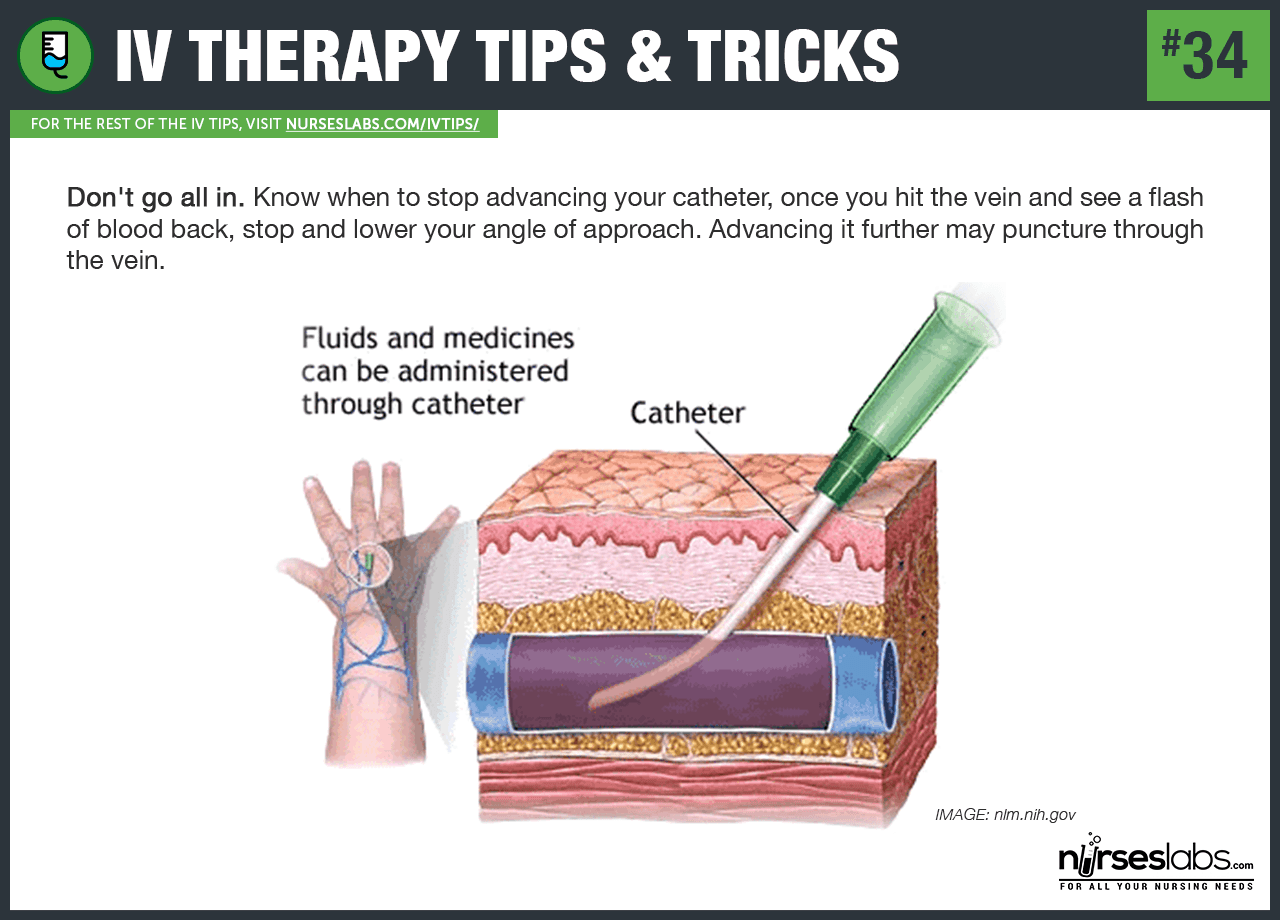
55 IV Therapy Tips and Tricks for Intravenous Nurses The Ultimate Guide
The Management of Peripheral Intravenous Catheters Clinical Care Standard includes ten evidence-based quality statements to promote the skillful use of peripheral intravenous catheters (PIVCs) and to reduce complications including infections.. Insertion of a PIVC pre-emptively may be appropriate for patients at risk of clinical deterioration.

IV Catheters and Flow Rates International Emergency Medicine
Gravity. Putting the arm in a dependent position forces blood pooling in the distal veins, which will make them bigger and easier to see and palpate. This should make IV insertion easier with a higher chance of success. Also Read: "10 ER Nursing Hacks you Need to Know".

Portfolio Rudow Medical Art Nursing school survival, Medical
IV insertion equipment varies among institutions, but common types include shielded IV catheters or winged (i.e., "butterfly") devices. Variation is often related to the presence of a stabilizing device at the site of insertion, as well as the presence of short extension tubing.. This should be recorded in the patient's chart and is.

Illustration depicting the proper placement of a peripheral intravenous
Moving up the arm, there are two more common placement areas that nurses use for IVs. One of those areas is called the median antebrachial vein. This vein comes out of the palm of your hand and runs along your arm. 3 However, this vein is not as large and is also quite prone to rolling. From the antebrachial vein and moving up the arm, you'll.
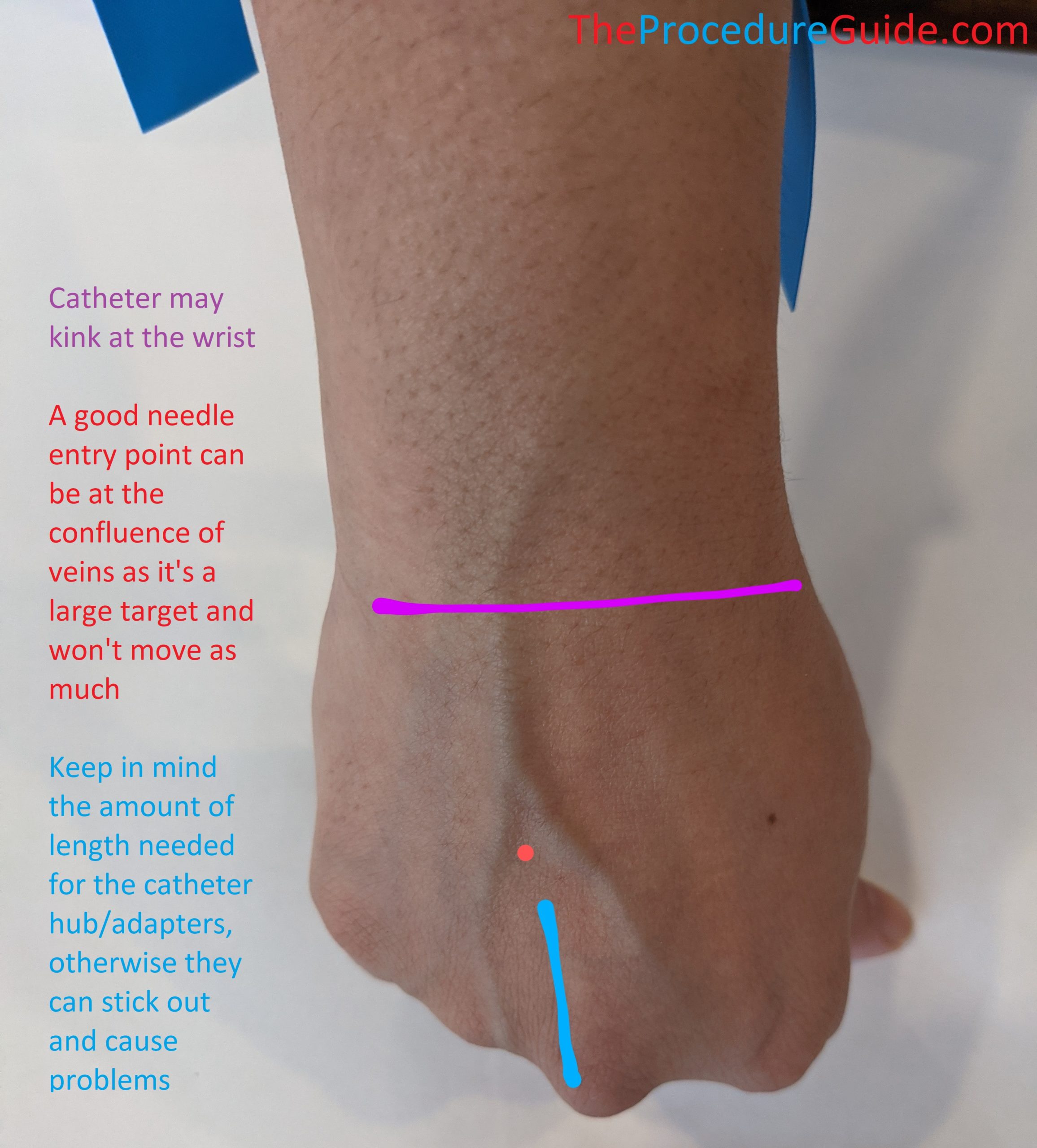
Peripheral Intravenous Access (IV) Technique and Overview The
Immediately remove the cannula, notify the provider, and document findings in the chart. In addition to local complications that can occur at the site of IV insertion, there are many systemic complications that nurses must monitor for when initiating peripheral IV access, as well as monitoring a client receiving IV therapy..

IV catheter placement. Intravenous catheter position during the high
Get the IV line ready and set up the IV bag. Prepare your IV while your patient's arm (or other area of IV insertion) dries from the disinfectant wipe. Begin by preparing your IV tubing. Hang the IV bag from something elevated and fill the tubing with saline solution. Watch for any signs of bubbles in the IV line.

Iv Placement Chart
Get new journal Tables of Contents sent right to your email inbox Get New Issue Alerts